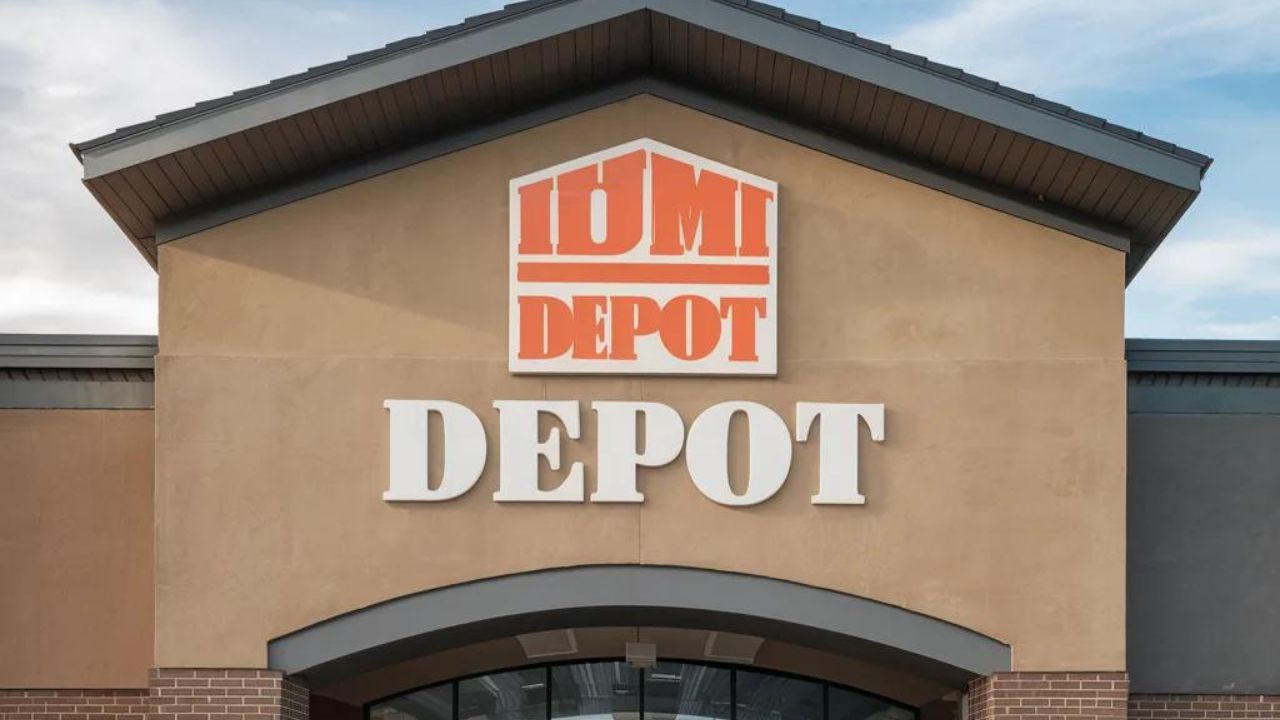When you are selling a product locally, CTAs are the key to conversions.
They differentiate your business listing or product pages from purely informative content to drive conversions in last-mile marketing.
By the time a consumer reaches your product listings, the intent to purchase is already present. The CTA button seamlessly ushers them into making actual transactions.
CTAs are not just limited to the ‘buy’ button – you can use them for other growing marketing channels like social marketing too.
CTAs can also be used in other consumer communication like interactive chats. Let’s discuss how local businesses can optimize their CTAs for maximum conversions.
How To Create Compelling CTA Strategies For Local Businesses
Building strategies for creating CTAs that lead to conversions can help you get the most out of your local product listings.
These strategies can set your business apart from local and online competitors to maximize conversions.
Use Audience Segmentation
Using a common CTA strategy for all your consumers and locations can put a hard limit on optimization.
If you use audience segmentation based on factors like location, device, and age group – you can create compelling CTAs that work for a narrow, more targeted consumer profile.
Suppose you have 100 consumers visiting a page. A conversion rate of 30% for 40 people provides better overall results than having a conversion rate of 5% for 100 people.
And this is before you have optimized CTAs for the remaining 60 people.
Focus on Personalization
Adding a personal touch to your CTA buttons can help you increase conversions. Using this on top of audience segmentation can add a human touch to your brand and increase sales and long-term loyalty.
You can use data from user accounts or behaviour to provide these personalized buttons.
Take Data-Driven Decisions
After creating your product listings, you will have data on how they are performing.
Analyzing data like engagement rates and drop-off points will give you critical insights into what’s working and what needs improvement.
For instance, you can use location-based analysis to break down your data by geographic location to understand regional preferences and trends. This can help you create CTAs that resonate more effectively with local audiences.
Tools such as SingleInterface provide you with actionable location-based data so you can create more targeted CTAs based on customer location, intent, and preferences.
Use Iterative CTA Testing For Local Digital Assets
Iterative CTA testing implements tiny changes and records how they are performing. Better-performing variants are selected, and the process repeats.
These small improvements in each cycle eventually result in noticeable improvements.
Iterative tests can rapidly determine what works for a consumer profile and make necessary optimizations.
Unlike large changes, this will not disrupt the regular operations of your local business.
Create Clear and Relatable CTAs
You should aim to create crisp and easily understandable CTAs as they result in:
- Quick Comprehension: Users often skim through content. A clear and concise CTA allows them to quickly understand what action is being requested.
- Reduced Cognitive Load: Simple messages reduce the mental effort required to process information, making it easier for users to decide to take action.
- Increased Engagement: Clear CTAs provide direct and specific instructions, guiding users more effectively towards the desired action.
- Higher Conversion Rates: When users know exactly what to do and expect, they are more likely to follow through. This results in higher conversion rates.
For the same reasons, your CTA buttons should be visually pleasing and in sync with the rest of your design language.
Let’s use a very classic example to illustrate this. A ‘Buy Now’ button works because it clearly communicates what it does. It takes the consumer to the product’s checkout page. Another example is ‘subscribe to a newsletter’.
On the other hand, your consumers will struggle to understand what a button does if you use phrasing like ‘Jump on the fashion bandwagon’ or ‘allow us to spill the tea’.
Leveraging Social Proof
Consumers are more likely to trust fellow users. They are generally skeptical about claims made by the brand itself.
Adding reviews to your product pages can enhance trust in your business. Keep the testimonials near the CTA button, and you will likely see increased conversion.
Rather than copying the reviews to your webpage, use a plug-in that shows Google Business Listing reviews. This proves the authenticity of the reviews.
Conclusion
Creating compelling CTA strategies for local businesses requires a unique approach.
It is important to strike a balance between established strategies and experimentation. It is equally important to leverage the advantages and data points that local businesses have over purely online ones.
Product offerings built keeping these local businesses in mind like SingleInterface provides tailored and targeted features that can help your business perform at its full potential.
Read more ; 5 Benefits of Implementing Municipal Payment Solutions



